752 Views
Living Room Remodel - Crowning Achievement

by
John @ AZ DIY Guy
(IC: blogger)
Time for more molding my friends, but his time, it's up top. Rather than a large, fancy 3 piece crown molding build up, were using the same small profile product that I used in the family room. My theory behind using a small simple profile is that it won't take over too much attention in the small room; it would just blend in as part of the whole. Molding will cover the rough edges of the room where the original builders did a less that precise job of finishing the corner, not mention the rough painted edge resulting from my speed-painting blitz, covering the old green walls.
Follow the tale on the blog:
Follow the tale on the blog:
Enjoyed the project?

Want more details about this and other DIY projects? Check out my blog post!
Published February 19th, 2014 5:59 PM
Comments
Join the conversation
3 of 4 comments
-
Awesome! It really dresses the place up. Show us some photos!
 John @ AZ DIY Guy
on Feb 24, 2014
John @ AZ DIY Guy
on Feb 24, 2014
-
-
I hate to break it to you, but that crown molding is installed upside-down. If you look at this article you will see a crown with the profile installed properly. http://www.popularmechanics.com/home/how-to-plans/woodworking/4335690
 Brian Campbell, Basswood Artisan Carpentry
on Feb 24, 2014
Brian Campbell, Basswood Artisan Carpentry
on Feb 24, 2014
-



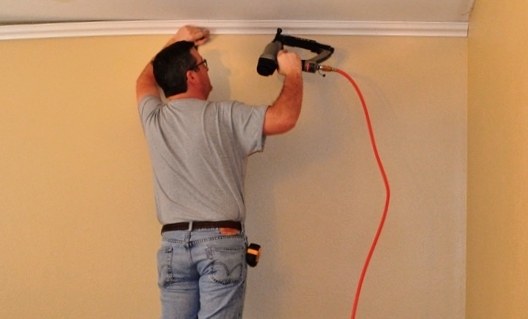
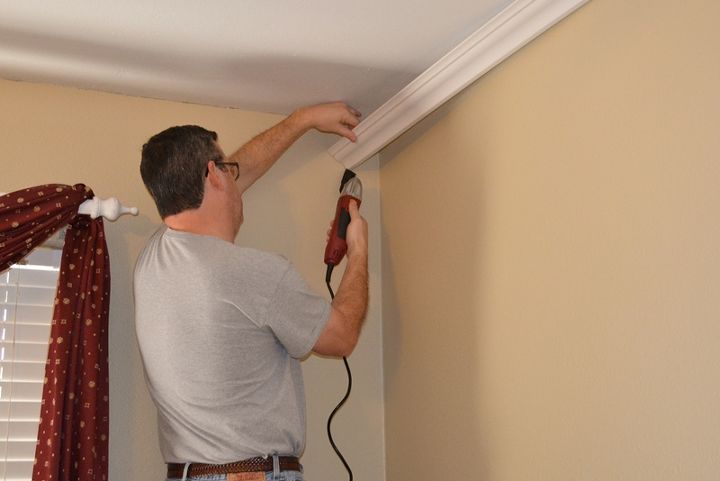
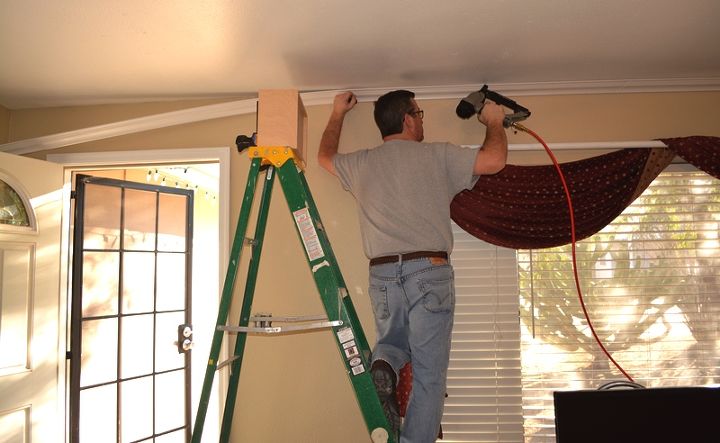
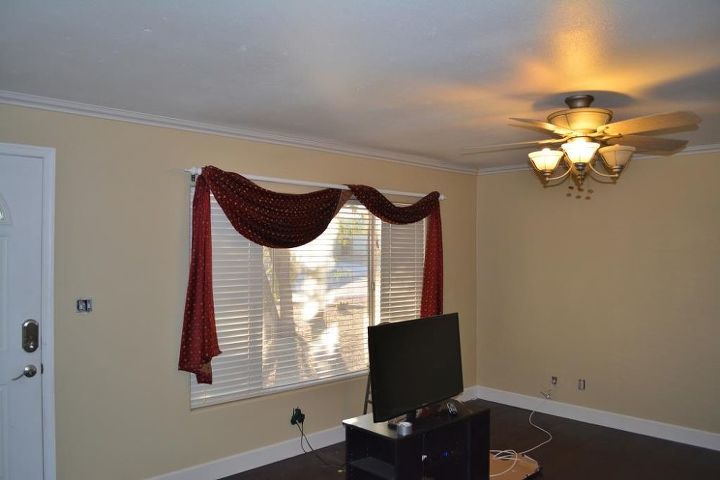
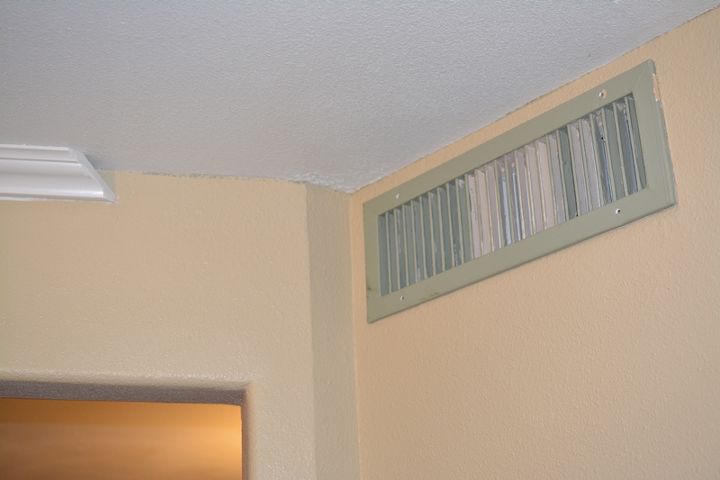

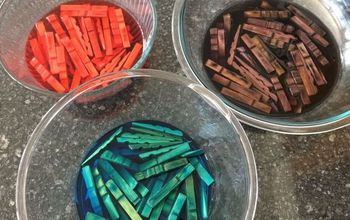



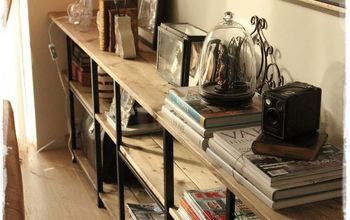
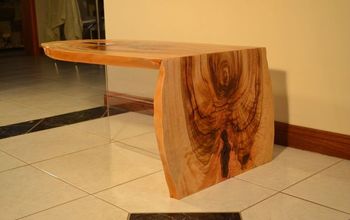

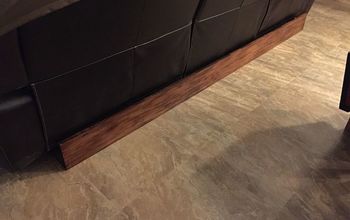


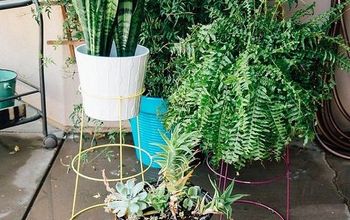


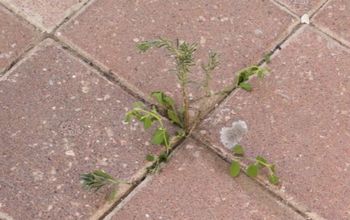
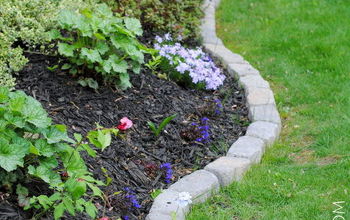


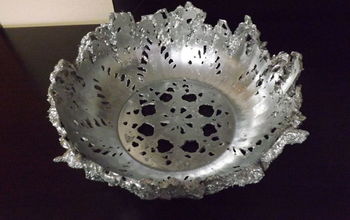

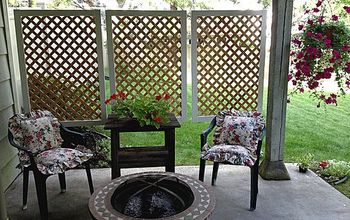

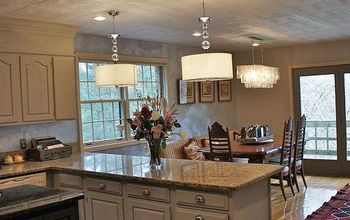
Frequently asked questions
Have a question about this project?